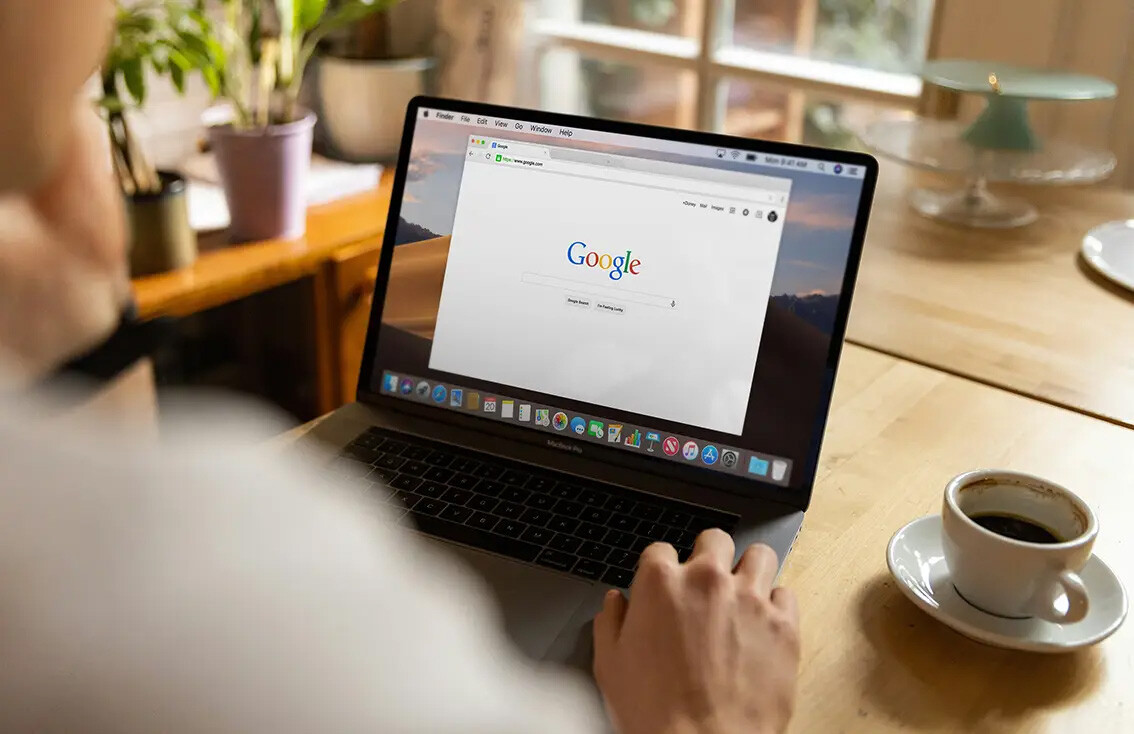How to Prepare the Top of Your Marketing Funnel for Google's Third-Party Cookie Deprecation
by Anthony Botibol on 27.12.2023

As we know, Google's decision to deprecate third-party cookies in the second half of 2024* spells a huge challenge for marketers. Unfortunately, there is no one-size-fits-all way to address the cookieless era in all stages of the marketing funnel. However, we can look at some alternatives for each part. We advise you to start investing in a first-party data strategy now to optimize your funnel and start experimenting with cookieless alternatives and tracking solutions to maintain a robust marketing strategy throughout the changeover.
We already wrote a post about the nine cookie-less solutions you can follow in 2024. However, in this article, we’re going to look at the marketing funnel in more detail and walk you through the actionable steps you can take to plug the leak in the discovery and interest phases at the top, ensuring continued effectiveness in lead generation and retargeting.
The article is based on part of a webinar we held recently, where our experts – Tomas Salfischberger, Founder and CEO of Relay42, and Richard Jokhof, Head of Customer Success and Strategy – outlined the steps companies can take today to maintain their marketing strategy post-cookies.
To set the scene, let’s say that hypothetically you wish to make 100,000 sales.

To achieve this at a normal interaction and conversion rate, you’d need approximately two million visitors with a 5% conversion rate, totaling 10 million web visitors at the interest stage. This translates to around 20 million clicks on ad campaigns needed in the discovery phase at the top of the funnel.
Cookieless solutions for the Discovery stage of the marketing funnel
During the Discovery stage, the main focus is on targeting potential customers who show an interest in your product or service, with the goal of driving them to your website. Until recently, brands seeking to populate the top of their marketing funnel would typically rely on Data Management Platforms (DMPs), which provide access to curated audiences that brands can leverage to strategically display their advertisements. These DMPs build the audience using third-party cookies, and will therefore cease to exist after the loss of third-party cookies.
One potential solution to maintain customer acquisition is to harness Google Topics API, which offers a way to target prospects based on their interests, without relying on third-party cookies to track users.
Instead, the Topics API is built around the user's device and the topics they are interested in. Although definitely better than nothing, it’s important to note that Google Topics API is limited. It differs significantly from cookie-based targeting as it currently only provides 471 topics, compared with the thousands available in some DMPs. So the reduced number of topics may impact the accuracy of targeting and the number of interactions acquired from the same media budgets in the discovery phase.
Let’s look at another approach: contextual advertising. Unlike cookie-based advertising, contextual advertising shows ads that are based on the content of the user's current online environment rather than their individual browsing history. This method was very popular in the past and considers such factors as the content of the webpage. By only showing ads based on whatever they’re looking at or interested in at that moment, contextual advertising creates a more organic, relevant, seamless, and less intrusive customer journey that also respects user privacy.
Another approach for sustaining lead generation at the top of the funnel is to use lookalike modeling. This leverages first-party data to identify and reach audiences with similar characteristics and behaviors to a pre-existing customer base. It respects user privacy, while still maintaining the personalization and relevance essential for the discovery phase. By understanding the preferences and traits of your most engaged customers, you can continue to optimize your strategy and maintain the quality of your audience targeting at the top of the funnel.
Lastly, we have second-party data partnerships, which have become something of an asset for marketers in the wake of cookies. Unlike third-party data, which is sourced externally, second-party data is a more interconnected way of targeting customers in the discovery phase. It involves mutually beneficial campaigns between trusted parties and allows marketers to securely and transparently access high-quality, first-party data from partners.
This second-party data partnership leverages the first-party data of the partner – for example, if you’re selling airline tickets, a data exchange opportunity might be possible with someone else that’s selling hotel rooms. Leveraging this second-party data across the marketing funnel gives a more thorough understanding of the customer journey, enabling personalized targeting and refined audience segmentation.
A snippet from our recent webinar, highlighting strategies for marketers to adopt in the Discovery and Interest stages of the marketing funnel, preparing for a cookieless world.
Cookieless solutions for the Interest stage of the marketing funnel
So that’s the top of the funnel taken care of. Now let’s look at the next tier down – the interest phase – which is also the part of the funnel that will be most affected after cookies, as it’s where the majority of the retargeting happens.
In this stage, the details we have about the prospect are very limited – often just their interest – but we want to keep them engaged and nurture them enough so they move to the consideration stage. At this point, we can look at ways to reconnect with the prospect, move them from unknown to potential customers, and subsequently achieve more direct interaction with them.
A possible solution to reach customers without third-party cookies at the Interest stage of the marketing funnel is to run your programmatic campaigns via Google's Protected Audience API. This solution allows you to reconnect with your website visitors and run retargeting ads without third-party cookies. With this solution, you’re asking the browser or device to remember the visitors. This method moves a big part of the ad-buying process towards an ‘on-device’ approach and allows brands to deliver personalized content while simultaneously upholding the highest standards of privacy and security. The result is that you can retarget and reconnect with a consumer you had on your website or mobile interaction further down the funnel.
Another very effective way to increase the personalization for website visitors is to look at web personalization on anonymous profiles (which is actually based on first-party cookies, not third-party). This nuanced approach allows you to deliver customized content and recommendations to users, optimizing engagement and user satisfaction while maintaining data security and privacy. As Tomas Salfischberger says in the webinar: “This is where we see a lot of potential, and you can gain a lot of performance here. You can claw back some of your lost performance by being more personal and more targeted on the anonymous profiles.”
Lastly, we marketers can try using ID graphs, which are solutions that help marketers and advertisers establish and connect user identities across various devices and platforms without relying on traditional third-party cookies. An ID Graph solution typically involves using various identifiers, such as email addresses, mobile IDs, or other persistent identifiers, to create a cohesive and privacy-compliant view of a user's digital journey. By mapping these identifiers, advertisers can recognize users across different touchpoints, allowing for more effective targeting and personalization in their advertising campaigns.
In the broader context of the digital marketing landscape, there is a notable shift towards privacy-centric advertising. Platforms such as YouTube and Instagram are now offering subscription-based models, reducing dependence on third-party data. This trend suggests that users may access services without encountering ads, reflecting a growing emphasis on catering to customer preferences. CDPs like Relay42 help with this transition by helping brands acquire new customers and reduce churn so that marketers can spend budgets more wisely to improve RoAS.
In conclusion, there are some very practical solutions for marketers to acquire new prospects and sustain conversion efforts at the top of their funnel once Google sunsets cookies in 2024*. The sooner you begin the process of adopting these strategies, the easier the transition will be. But it’s vital to begin now and to run controlled experiments and continuously adapt. The funnel is a work in progress that requires constant evaluation.
Read part two: Future-Proofing the Middle and Bottom of Your Marketing Funnel to Maintain Success Rates
*In July 2024, Google announced the cancellation of its plans to deprecate third-party cookies in Chrome, opting instead for a new approach that empowers users to make informed choices about their data across the web. This article was written prior to this announcement.
You May Also Like
These Related Stories

How Google’s Removal of Third-Party Cookies in Chrome Will Affect Your RoAS

Google Delays Third-Party Cookie Phase-Out: What Marketers Need to Know


.png?width=786&height=265&name=Relay42%20Demo%20Banner%20(1).png)